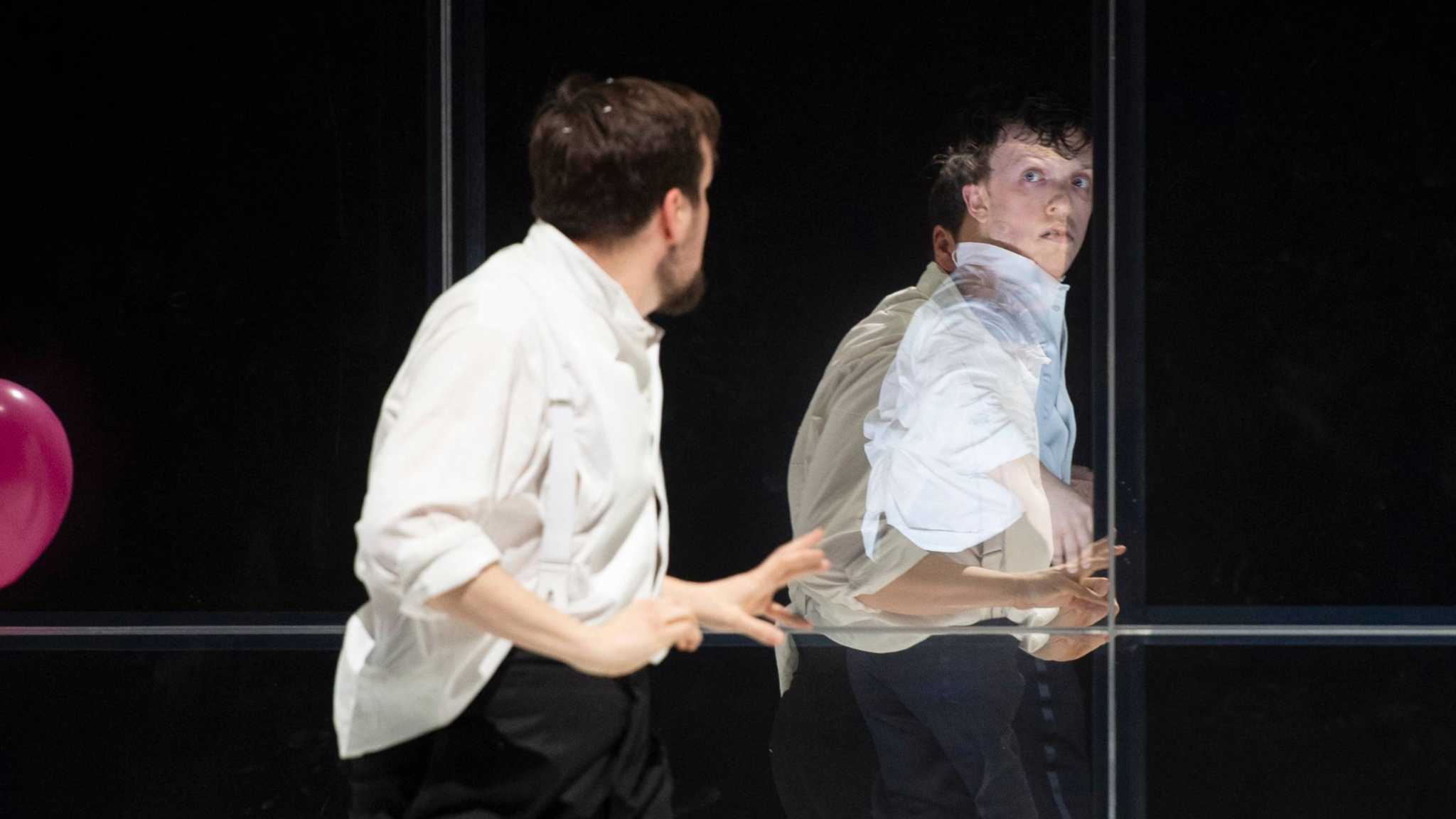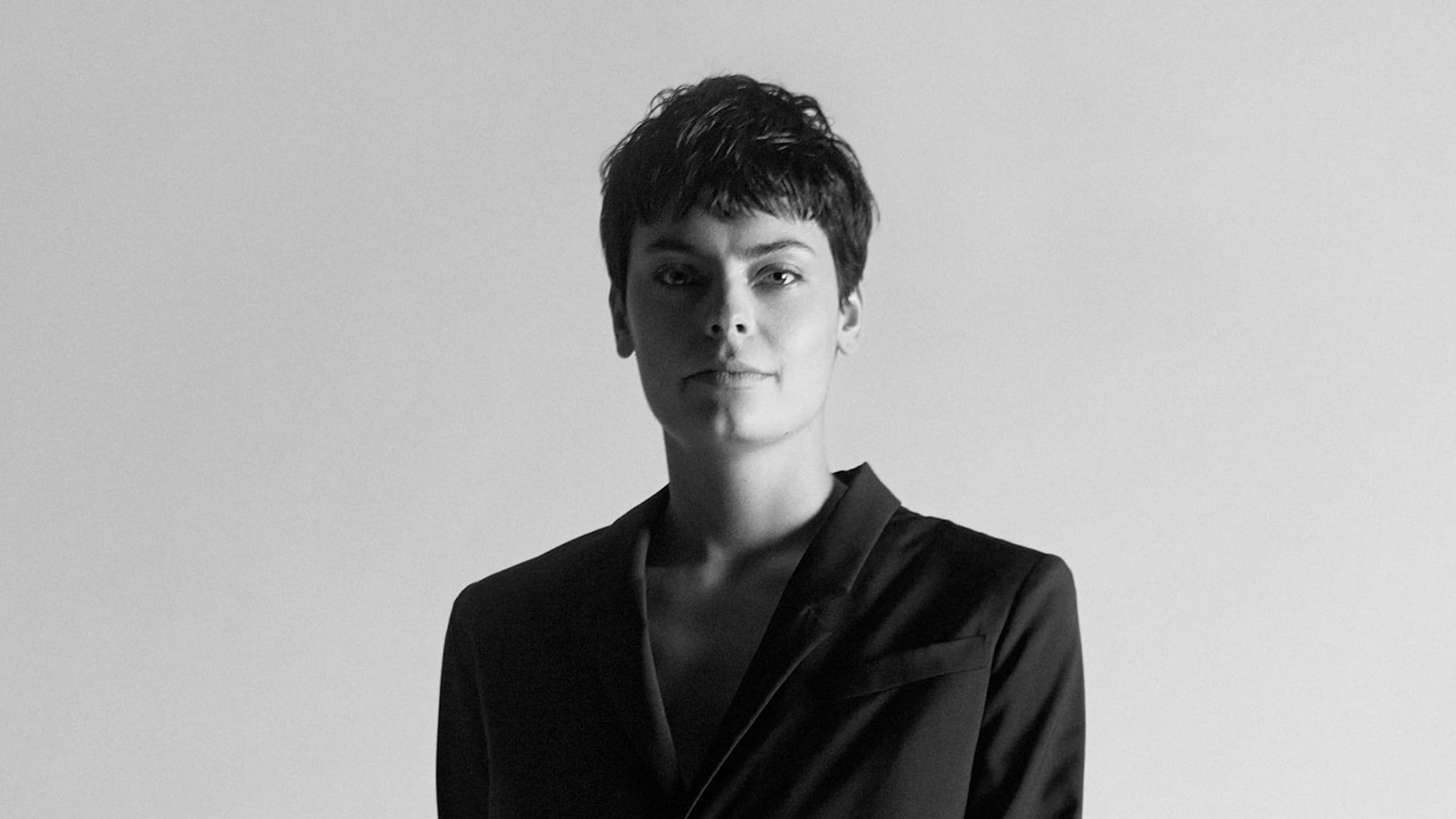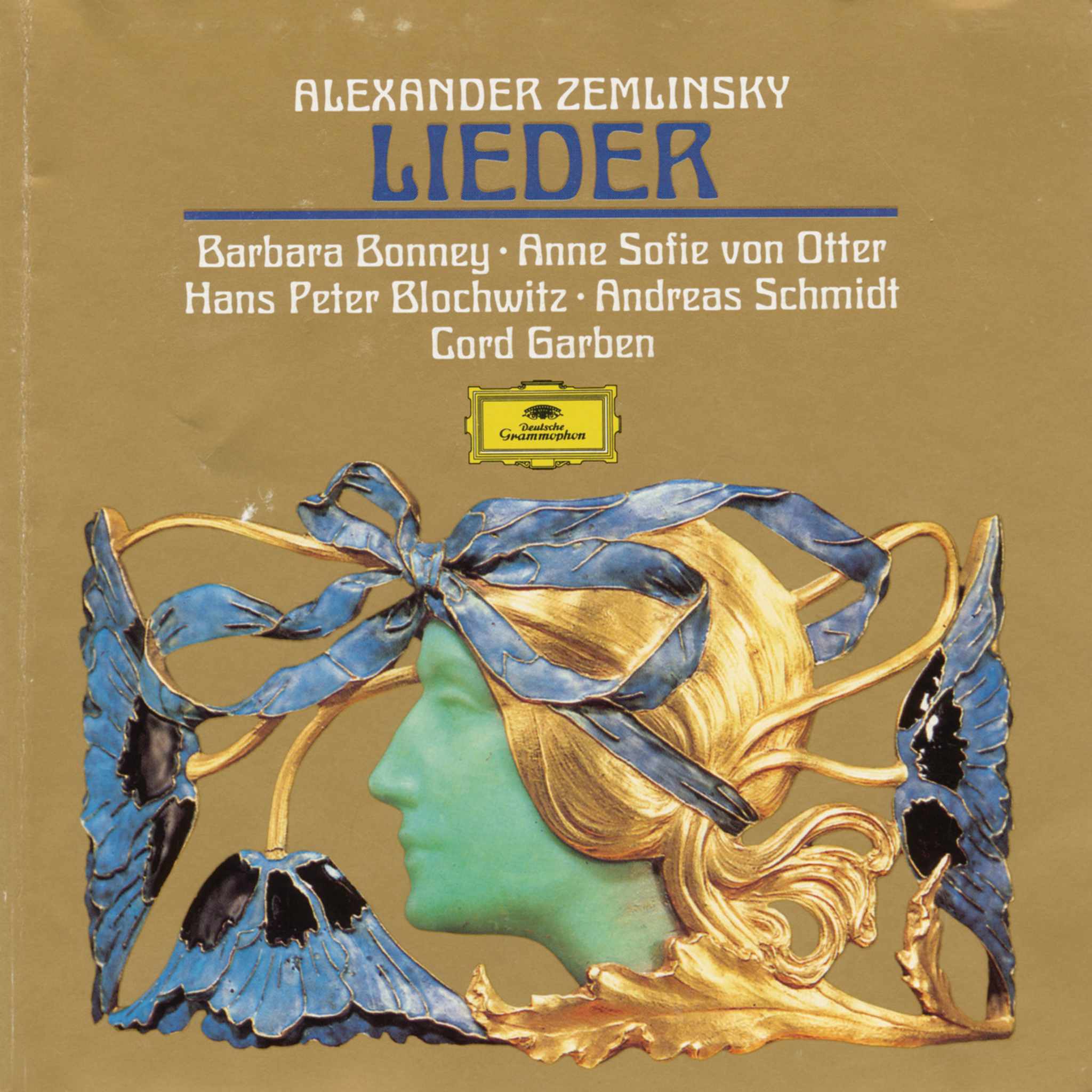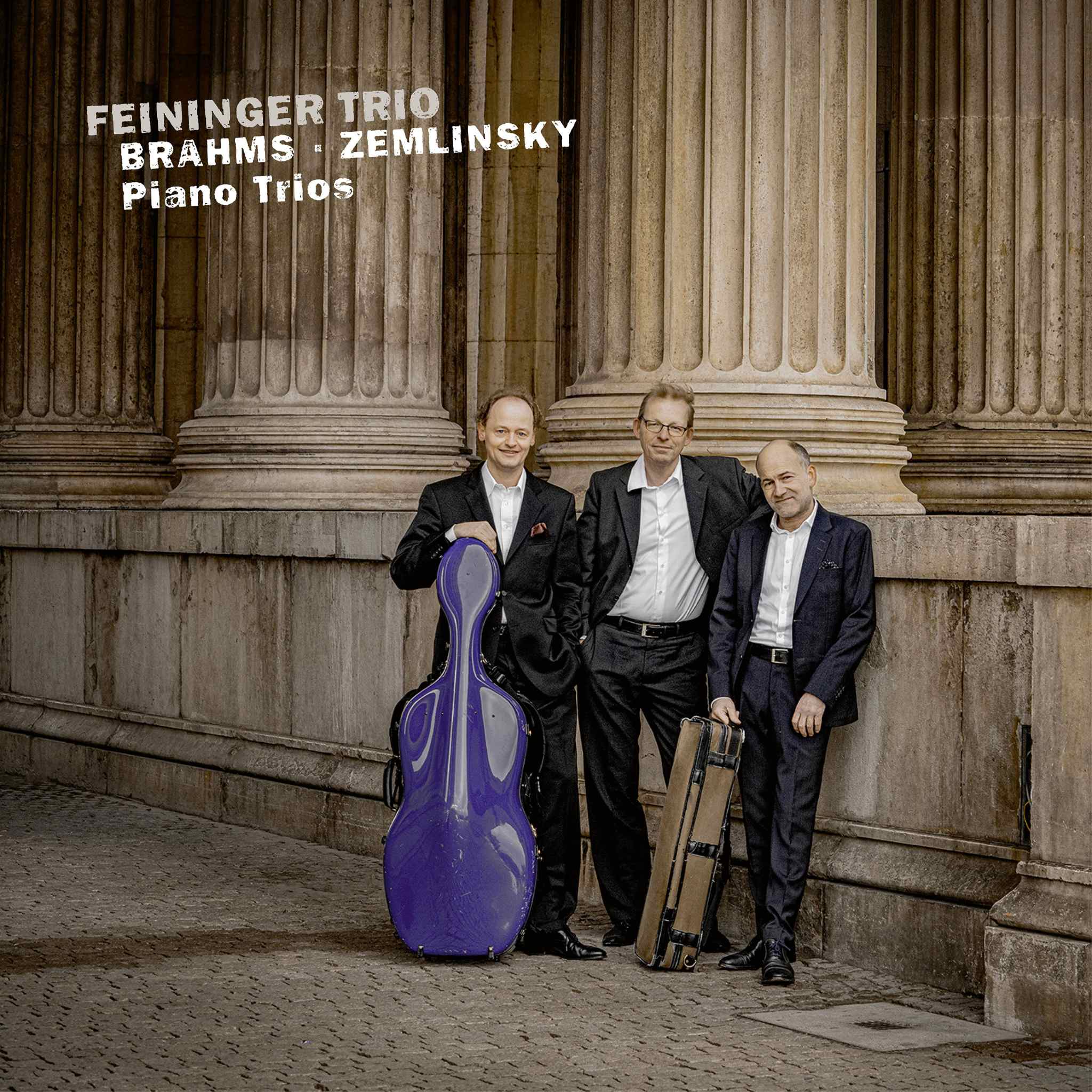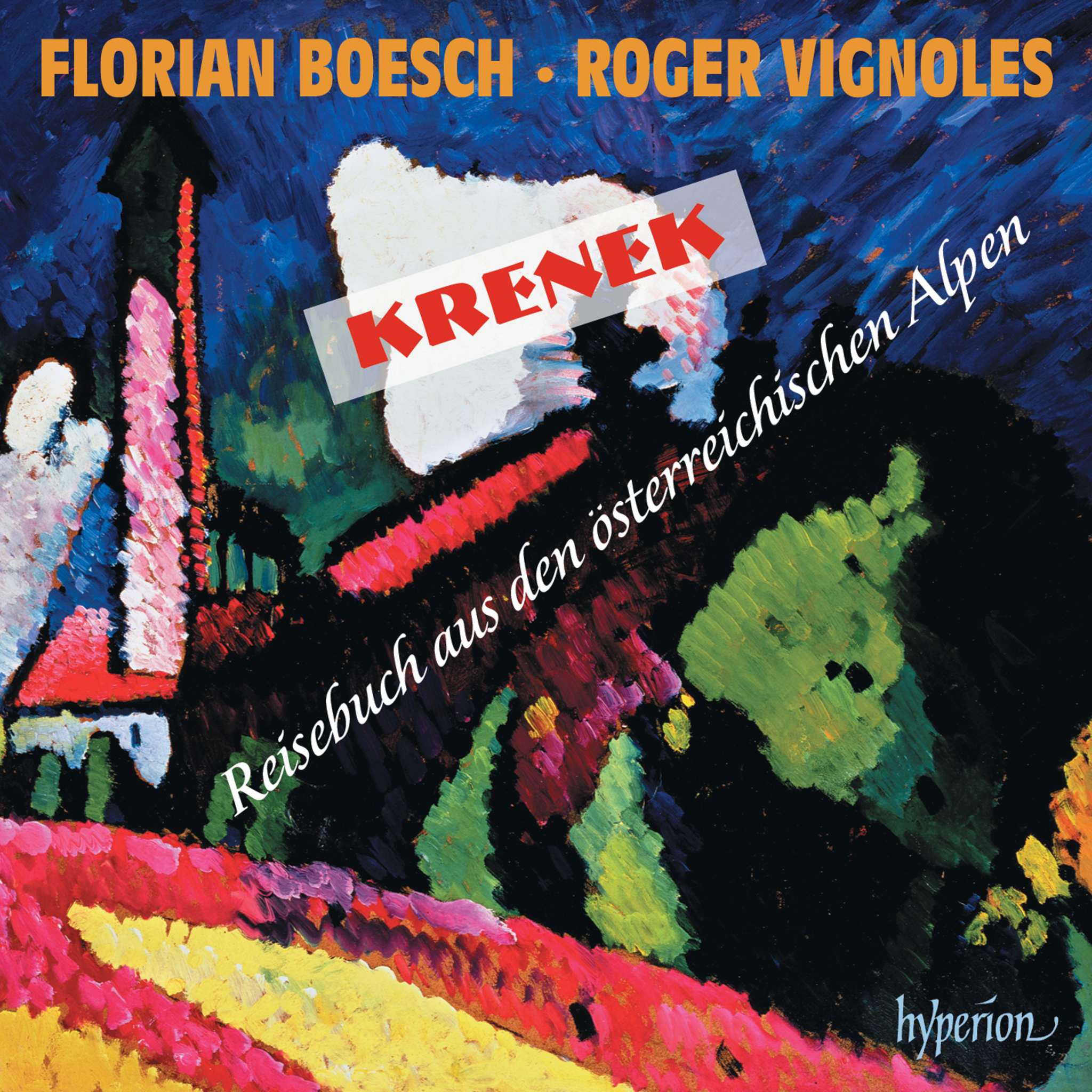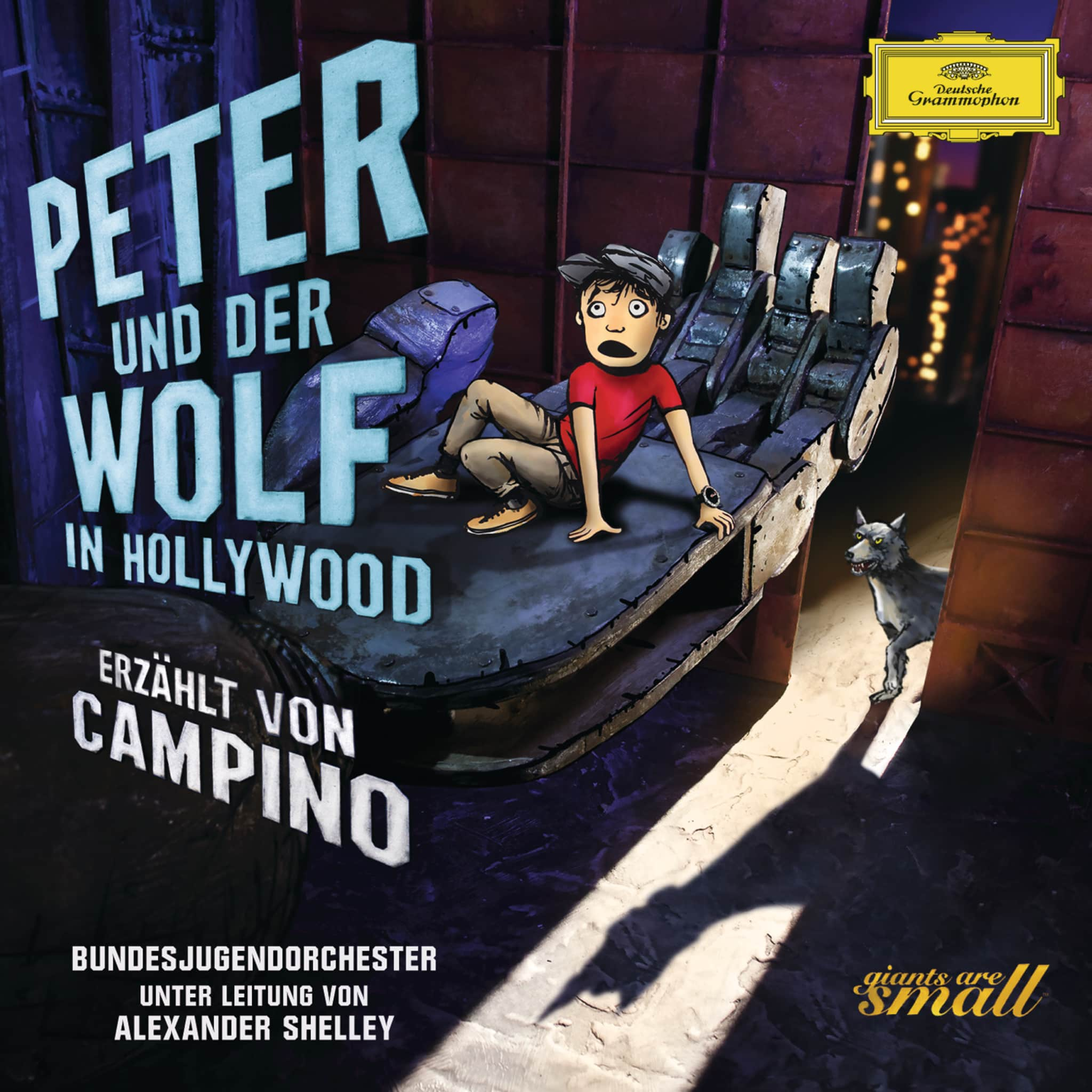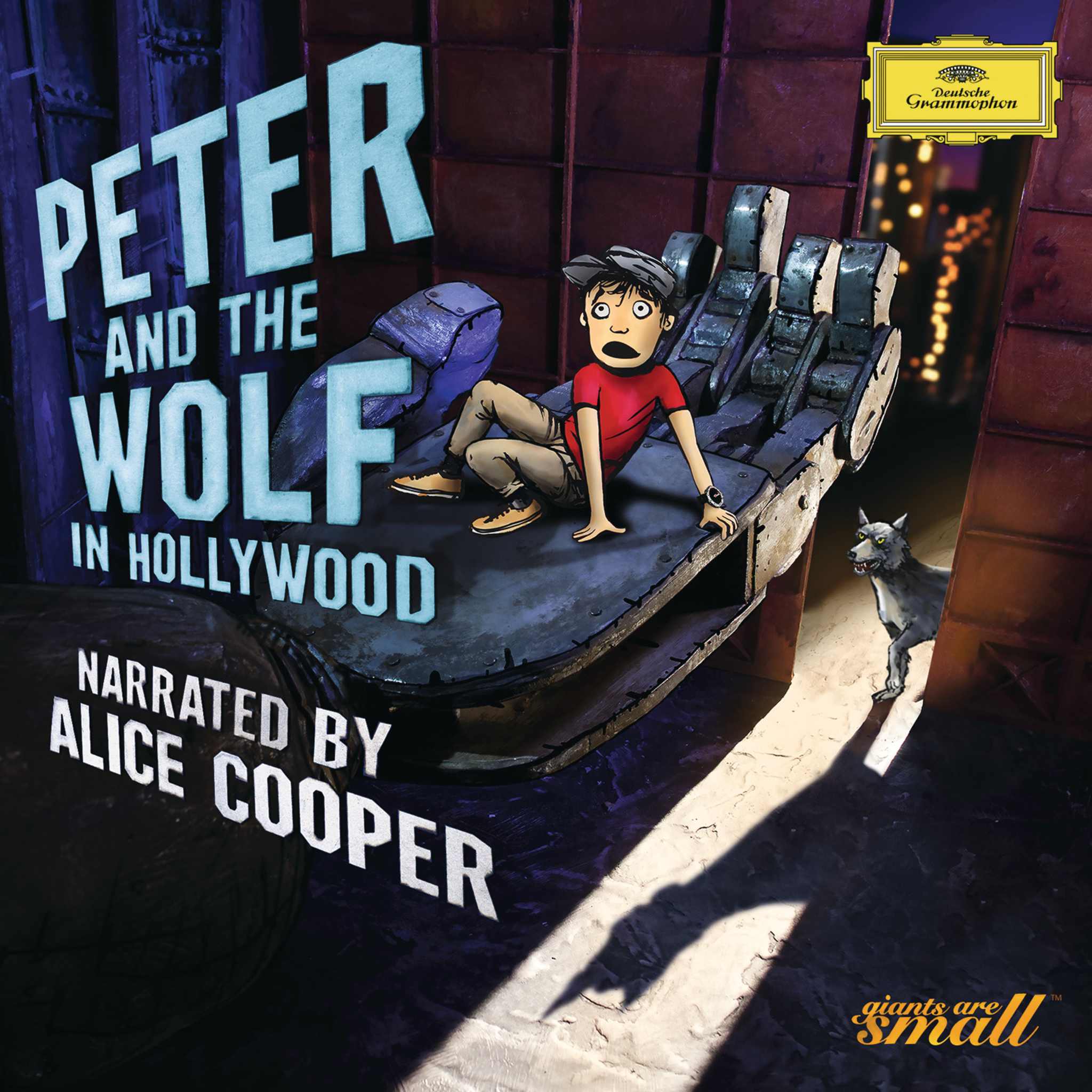Concerts and Operas
Albums
Appears On
AboutAlexander Zemlinsky

Zemlinsky was born in Vienna and between 1884 and 1892 studied piano and composition at the city's Conservatory. In 1900 he embarked upon a career as a conductor that took him from the Carltheater to the Theater an der Wien and, from 1904 to 1911, the Volksoper. In 1904, together with his pupil and brother-in-law Arnold Schoenberg, he founded the Society for Creative Musicians to promote new music. He served for a season under Mahler at the Court Opera and in 1911 moved to Prague, where, as conductor of the Neues Deutsches Theater (1911–27), he was able to work on his opera Eine florentinische Tragödie (1917) and introduce what remains his most frequently performed work, his Lyric Symphony (1924). After working with Otto Klemperer at the Berlin Krolloper from 1927 to 1932, he returned to Vienna and, following the Nazi's annexation of Austria, fled to the United States, where he died outside New York in 1942, impoverished and unperformed.
Post-Romantic in style, Zemlinsky's music represents and important stage between Mahler and Strauss and the Second Viennese School of Schoenberg, Berg and Webern, on which he exerted great influence. A champion of both Brahms and Wagner, he never embraced into atonality, though several of his works come very close to doing so.

